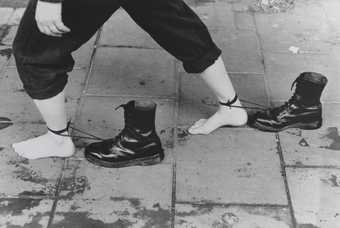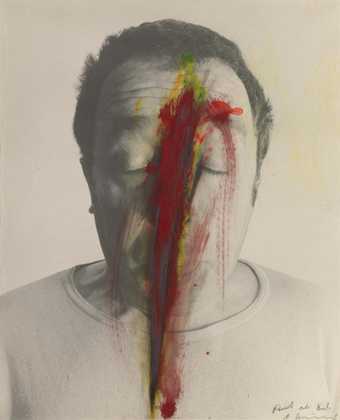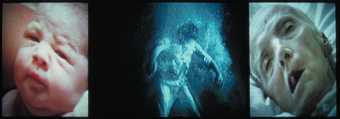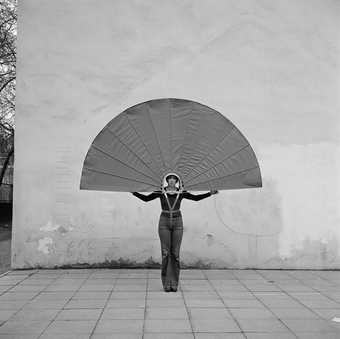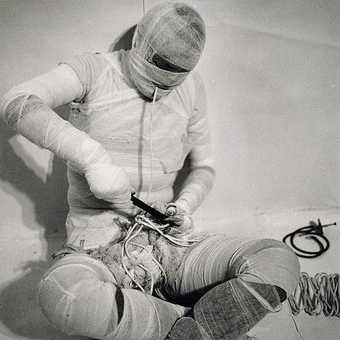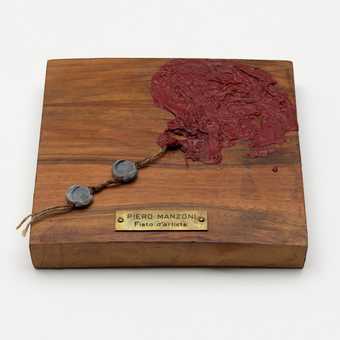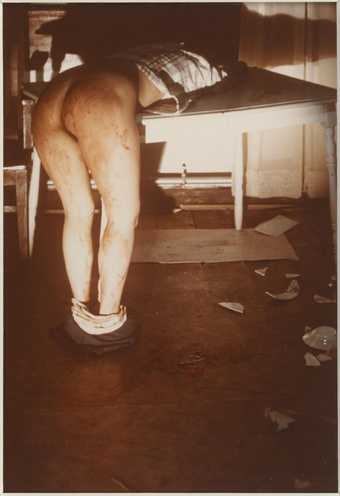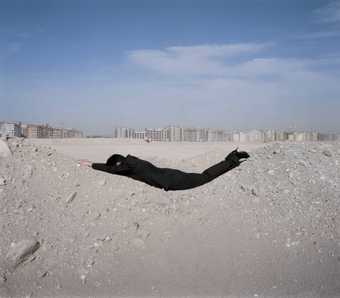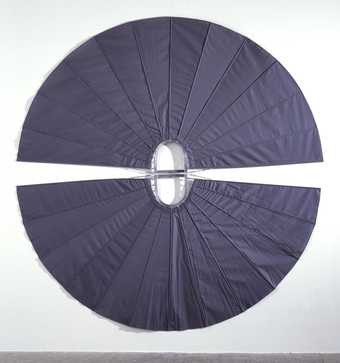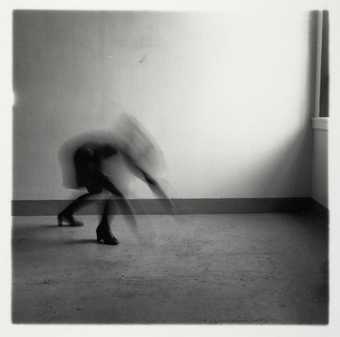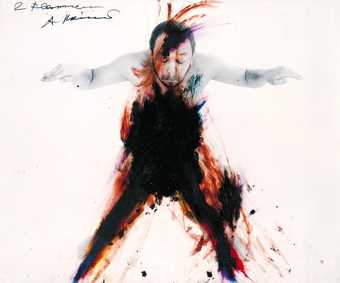
Arnulf Rainer
Untitled (Body Language)
(c.1973)
Tate
Body art covers a wide range of art from about 1960 on, encompassing a variety of different approaches. It includes much performance art, where the artist is directly concerned with the body in the form of improvised or choreographed actions, happenings and staged events. Body art is also used for explorations of the body in a variety of other media including painting, sculpture, photography, film and video.
Body art is generally concerned with issues of gender and personal identity. A major theme is the relationship of body and mind, explored in work consisting of feats of physical endurance designed to test the limits of the body and the ability of the mind to suffer pain. Body art also often highlights the visceral or abject aspects of the body, focusing on bodily substances or the theme of nourishment. Contrasts such as those between clothed and nude, internal and external, parts of the body and the whole are also a common theme. In some work, the body is seen as the vehicle for language.
In 1998 the art historian Amelia Jones published a survey titled Body Art.

